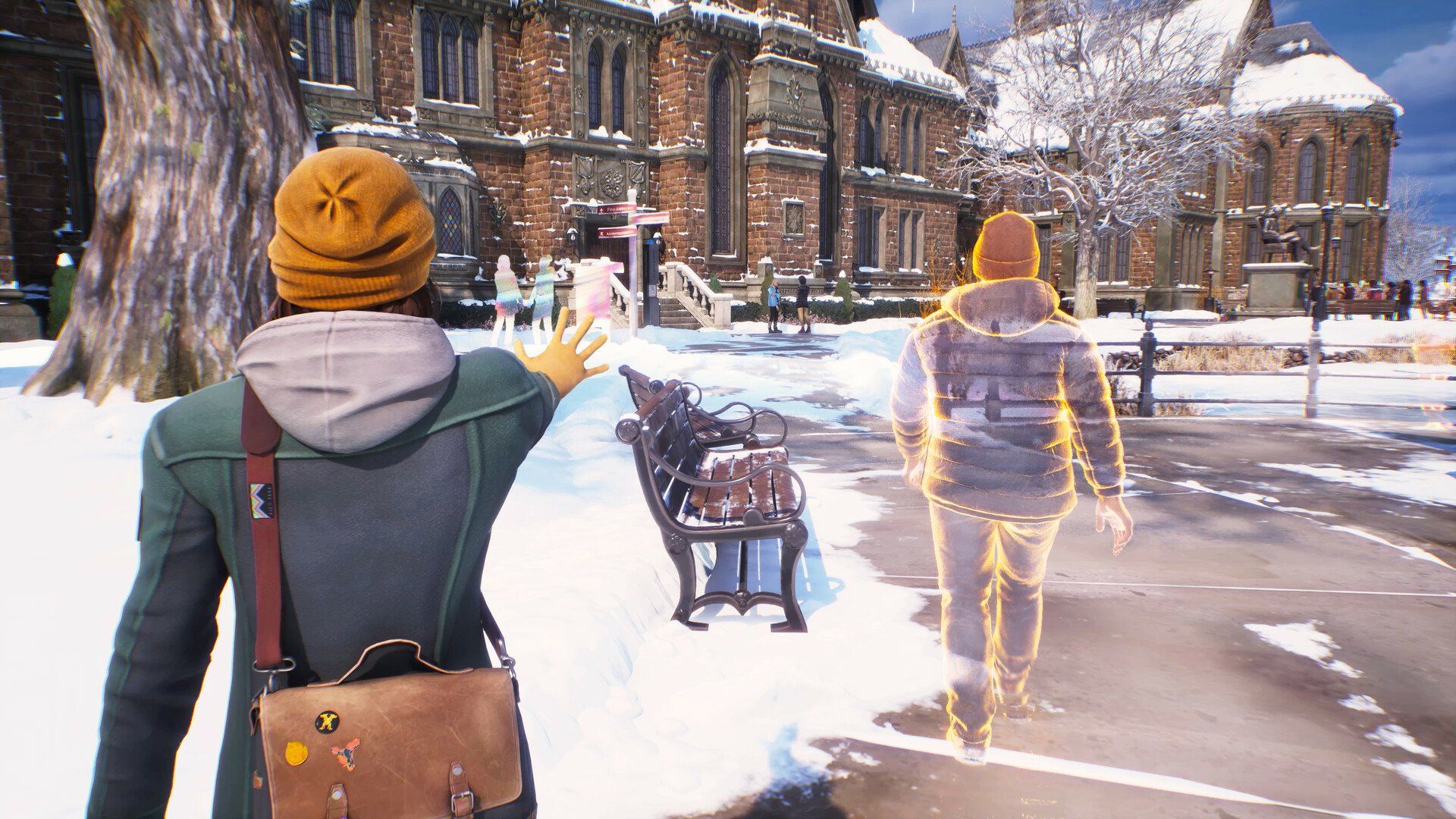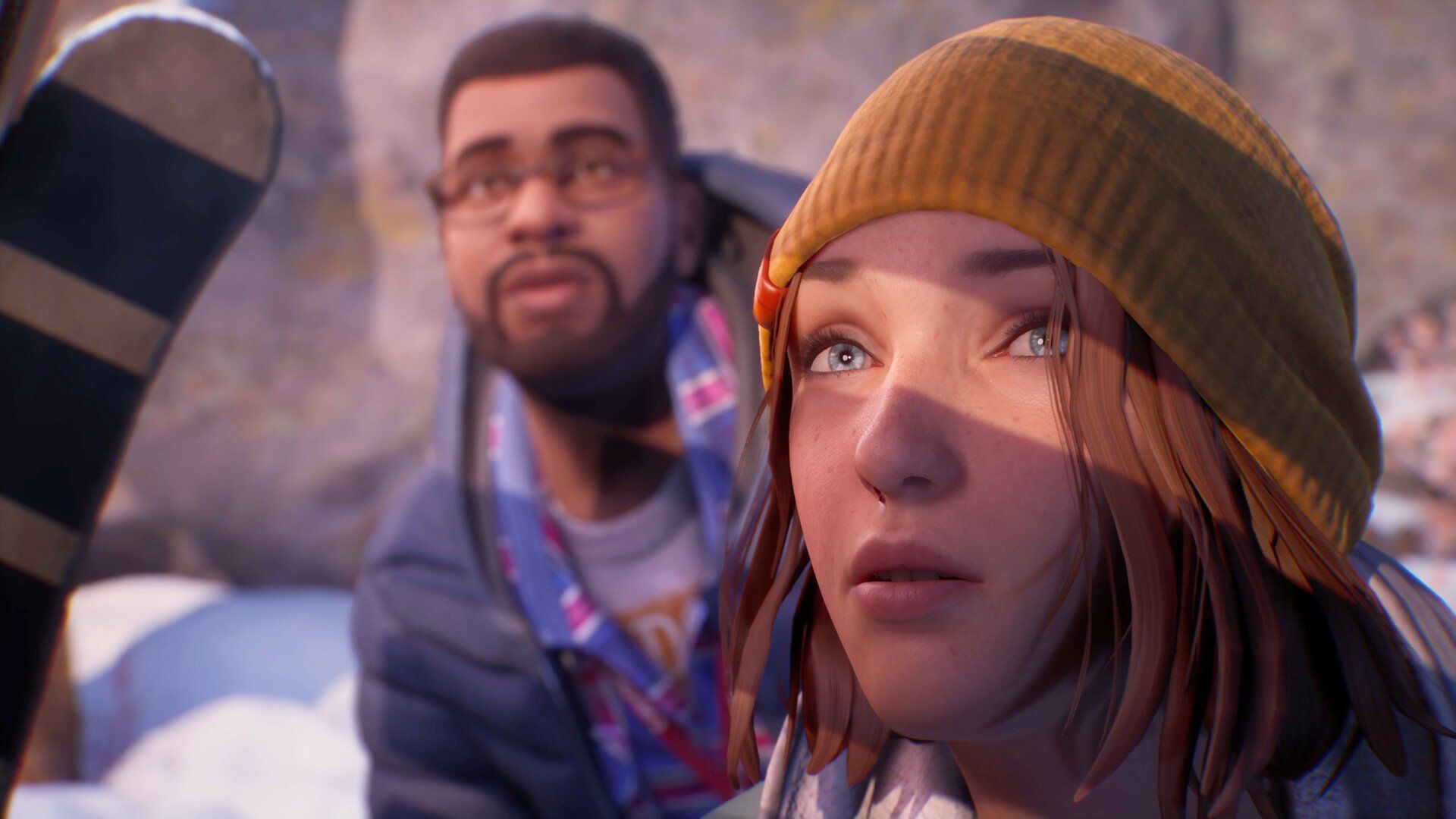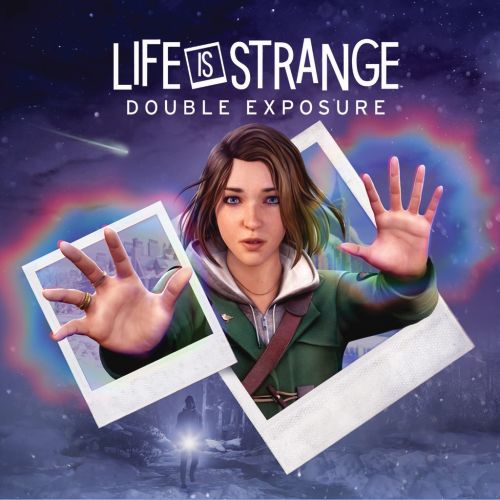Life is Strange: Double Exposure Review
Each release in this emotional, narrative-driven series introduces a new protagonist navigating everyday drama alongside coming-of-age challenges. With its seamless blend of supernatural elements and grounded storytelling, the franchise has built a dedicated cult following. In a series first, the latest installment revisits Max Caulfield, the kind-hearted young woman from the iconic debut. Aiming to tell a fresh tale that honors the legacy of the original characters while standing alone for newcomers, will Life is Strange: Double Exposure manage to captivate both longtime fans and first-time players?
Set years after the original, Max has left Arcadia Bay and settled into life as a photographer in a new town. Connecting with the community, she forms friendships that allow her to pursue new adventures. Although the scars of past events still linger, shaping her personality, Max is a compassionate young adult. While some fans may worry about the portrayal of this beloved character, Deck Nine captures her development perfectly. Her familiar awkwardness remains, instantly rekindling the connection from the original. This trait permeates her conversations, which enhances the believability of the character.
I See Your True Colors
The bond between Max and Safi is immediate. Conversations between the two are natural with nuances emphasising their relationship. Deck Nine manages to create environments and situations that allow you to live in the moment with their deep, well-rounded characters. Due to this, you care about each personality making interactions meaningful. Like previous entries, your choices impact your relationship with the supporting cast, making each decision carry weight. Because of this, you quickly invest in scenarios to ensure the best outcome for the characters you genuinely care for.
Each person is given time to breathe and develop over time. From internal monologues to general banter with others as you progress towards your objective, characters feel dynamic and fleshed out. Their interactions reveal deeper layers of their personalities, creating a sense of growth and authenticity. The writing excels at these points, further cementing Deck Nine’s significance within the interactive drama genre.

After the events of Arcadia Bay, Max no longer uses her time travel powers. Focusing on her passion and teachings of photography, she leads a simple, stress-free life. However, things take a dramatic turn when her close friend is found dead. Devastated, she tries to reignite powers from the past to change the course of time. What occurs is something different. Rather than manipulating hours, she opens a portal to a different timeline where Safi is still alive. With a murderer on the loose in one reality and the possibility of the same person looking to strike again in the other, you must jump between to uncover the truth.
Whodunit?
Mystery enshrouds several aspects in Life is Strange: Double Exposure. In addition to the murder investigation, there are also an array of seedy characters that make you question the sincerity of those you come in contact with. As you dig deeper into the adventure, you will uncover secrets about the strange club on campus, The Abraxas Society, the staff, and even those closest to you. Each twist and turn is carefully crafted to be both surprising and impactful, keeping you gripped throughout its 5 chapters. Although I wasn’t completely convinced by the narrative thread followed in the finale, the game manages to build a tale that is complex and fulfilling.

The timeline mechanic offers a range of options that improve the moment-to-moment gameplay. While the game still firmly holds your hand, there is more freedom compared to predecessors as you can explore two versions of each area. At particular points you can seamlessly switch from the ‘dead’ and ‘living’ world, interacting with each to reach your objective. This opens up the opportunity to interact with different versions of the same character, however, as this is an alternate timeline, aspects of their life have changed. It’s interesting to see how small differences create a ripple effect, altering a range of aspects for several people.
Two Sides to One Story
Puzzles are seamlessly integrated into the core mechanic. You’ll need to hop between timelines to solve challenges, using items from one to affect the other. This clever system allows you to blur the lines between universes. To help differentiate between them, Deck Nine employs a visual filter. Warmer tones distinguish the ‘living’ world, while a colder aesthetic defines the ‘dead’ timeline. The visuals are a significant upgrade from previous entries, with fantastic facial animations that capture finer details that imbue conversations. Along with the highly detailed environments, the vibrant use of color creates a welcoming ambiance. While I did occasionally notice some pop-ins, it was rare and didn’t detract from the overall experience.
Perfectly selected songs suit the array of situations you encounter. From touching moments of personal growth to playful sequences that capture snapshots of life, the soundtrack underscores each emotion, enhancing the impact of every scene. This is further elevated by the incredible voice acting and natural gestures, adding a believable layer to each interaction.
Life is Strange: Double Exposure tackles the difficult task of continuing the story of a beloved character and successfully executes it in a way that respects the series’ legacy while pushing the franchise forward. With strong writing and a cast of compelling characters, this science-fiction murder mystery will keep you engaged with every twist and turn. While closely connected to its predecessors and a finale that may be divisive, this extension of Max’s story showcases Deck Nine’s expertise as one of the industry’s leaders in narrative-driven games.
***A PS5 code was provided by the publisher***
The Good
- Great Cast of Characters
- New Powers
- Stunning Presentation
The Bad
- Story Tails Off
- Small Graphical Glitches
- Minor Gameplay

